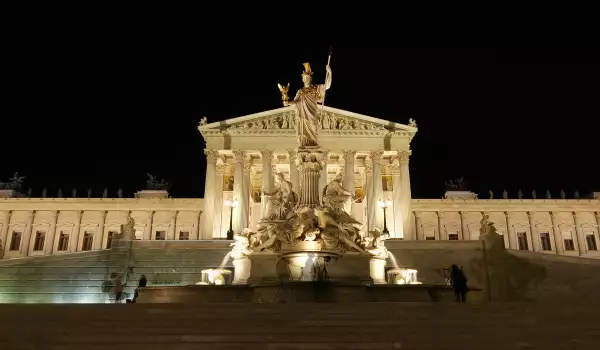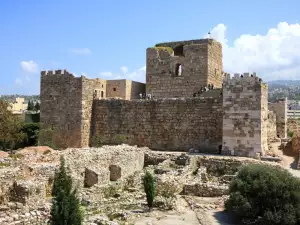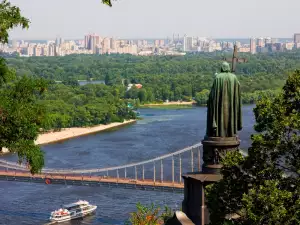Vienna

Vienna is one of the most beautiful and memorable towns along the Danube. This European city is distinguished by its elegance, its beautiful architecture and traditions in art and music. As the former capital of the empire, today Vienna is one of Europe's leading cultural capitals.
Traditions of Vienna are in art and culture and refers to theater, opera, classical music and fine arts. Their spirit is kept alive today in the Burgtheater, which together with its subsidiary, the Academy theater, are considered some of the best theaters in the German speaking world.
Vienna is the capital of Austria and one of the two provinces in the country. This largest city in Austria, has a population of about 2 million inhabitants located in the east, near the border with the Republic, Slovakia and Hungary. In 2001 the old city center of Vienna was added to the list of World Heritage by UNESCO. The north and west of Vienna is surrounded by wooded hills, giving the city a special charm and beauty.
Vienna has quite an interesting and turbulent history. The original settlement at this location occurred around 500 BC and was established by the Celts. In 15 BC, Vienna became a border town of the Roman Empire, Vindobona, holding the border from the German tribes from the north. In the following centuries Vienna again and again passes into the hands of different conquerors.

Vienna is the secret capital of the Holy Roman Empire and a center of culture, science, music and exquisite cuisine. Thanks to Vienna the Ottoman invasion of Europe was suspended twice, in 1529 and in 1683 its greatest prosperity of Vienna was experienced in the 18th century, when the Baroque architecture appears.
It's time of music came when Vienna, drew in Beethoven and Mozart, and then a little later, Strauss and Schubert. Composers here joined a number of famous writers and shaped the cultural face of Vienna.
One of the biggest attractions of Vienna is now the cathedral of St. Stephen's, located in the center of town. It is a landmark with its exquisite sharp peak. It was built over several centuries to replace irrigation of the earlier building that was built into the current. With Gothic architecture, it is remarkable for its brilliant tiled roof with symbolic Austrian eagle on the top.
The interior of this cathedral is more memorable than the one in Paris, even than its façade is and you can see the amazing pulpit and altar. The Cathedral has 23 bells and one of them is the second largest in Europe. An interesting story tells how Beethoven learned that he was completely deaf when he saw frightened birds fly from the roof of St. Stephen, but could not hear the ringing of bells.

The historical center of Vienna for centuries had been surrounded by walls to protect the city from potential attackers. In 1857, however, the walls were collapsed, resulting in Vienna beginning to grow and merge with surrounding villages. In their place is a wide boulevard and outstanding public and private buildings, monuments and parks. Among them is the former imperial palace Hofburg, which was used for a long winter residence of the Austrian Imperial family. Nowadays, it is the official residence of the Austrian president.
In 1938 in the Hofburg, Hitler officially disclosed to the joining of Austria the beautiful Hofburg in Vienna and extended it over an area of 240 000 square meters, the entire complex is composed of 18 lanes and 19 yard targets. In the Imperial Palace are the National Library, the Museum of musical instruments and weapons collection of the Emperor and the Spanish riding school. Here the treasure and jewels of the Habsburg are also kept.
Another amazing and beautiful building in Vienna is that of the palace's Cathedral. This castle was built by order of Leopold I, and many say it is more spectacular and beautiful of the Royal Palace. Here is the imperial treasury, which contains a great abundance and richness of the secular and ecclesiastical ornaments of gold and jewels. The extensive forest near Vienna is located to the Liechtenstein Palace, one of the remarkable medieval buildings in Austria.















